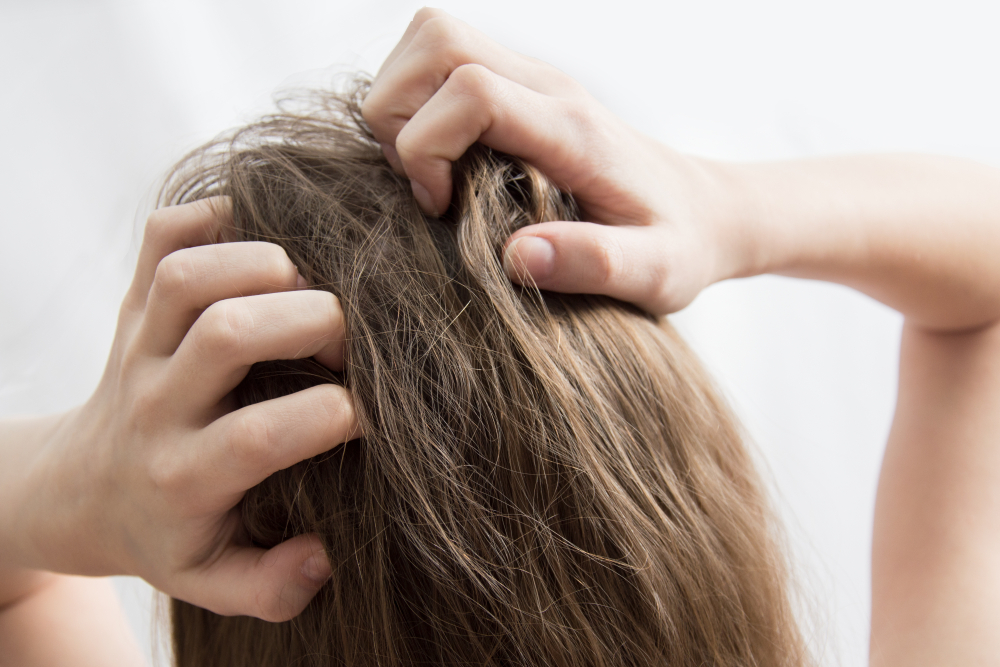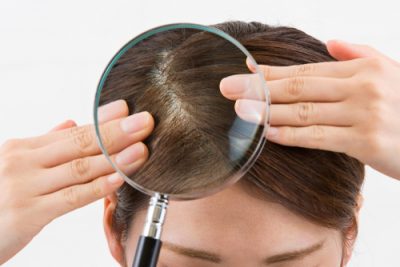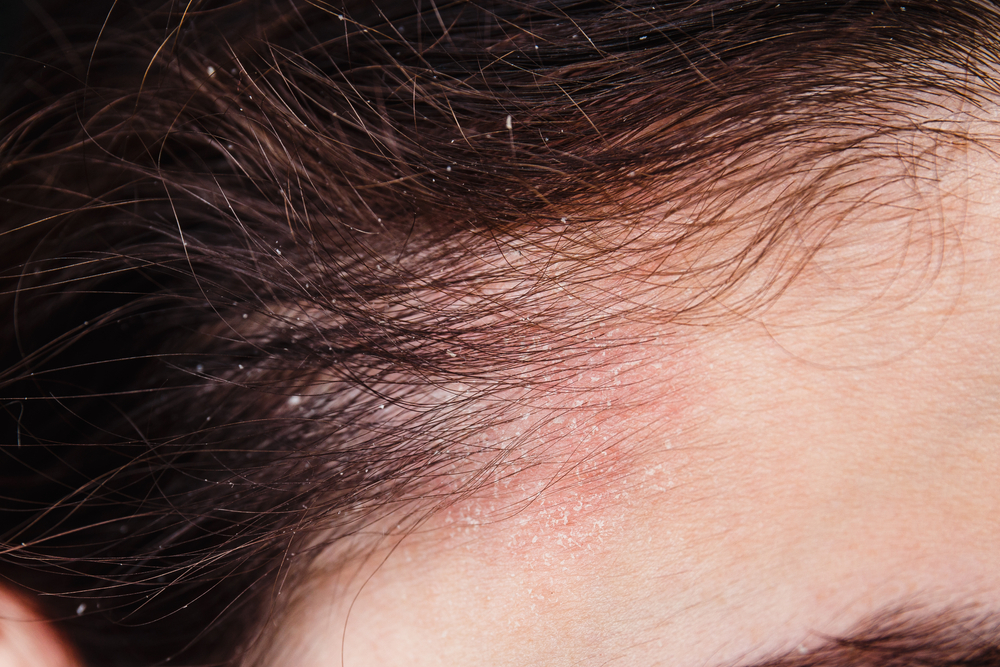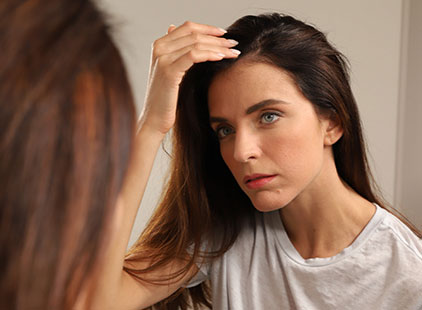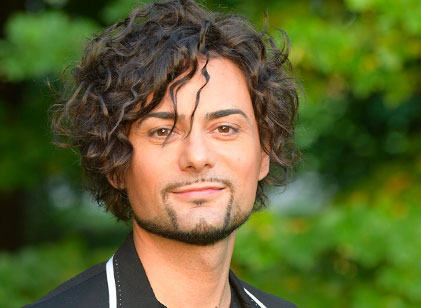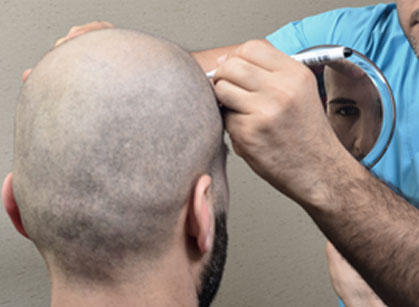Hair types and morphology
Some parameters and characteristics should be taken into consideration when assessing hair types and morphologies: shape, density and appearance. The appearance of hair, in the form of lanugo, occurs during the fourth month of pregnancy.

 English
English  Italiano
Italiano  Français
Français  Español
Español 